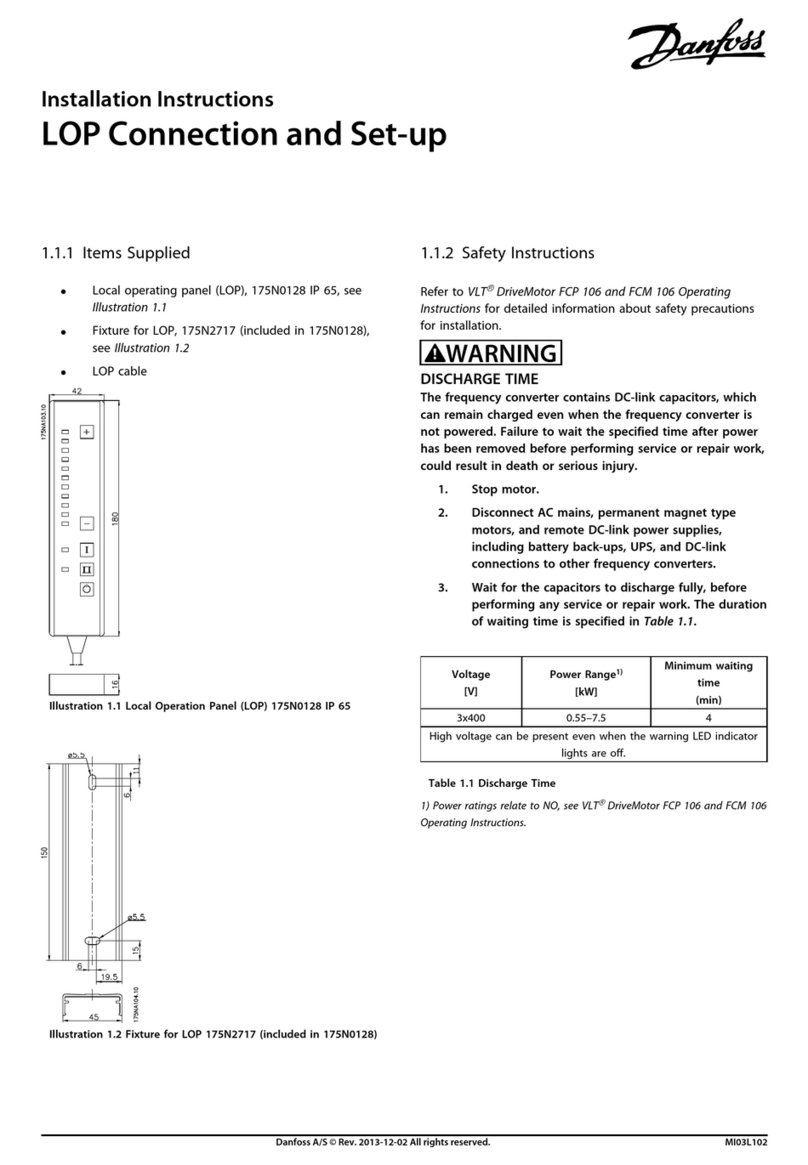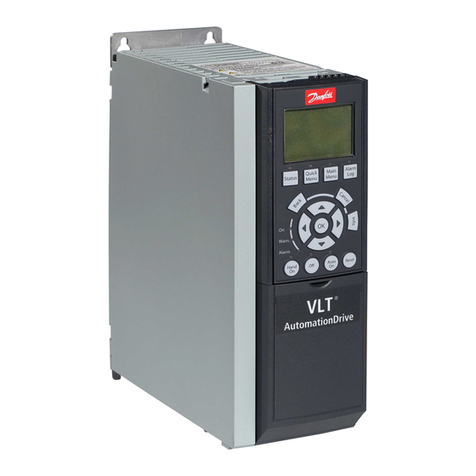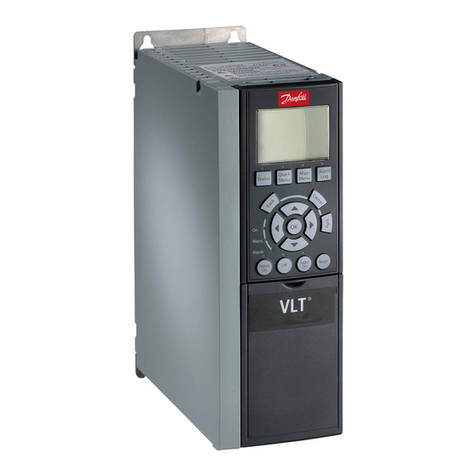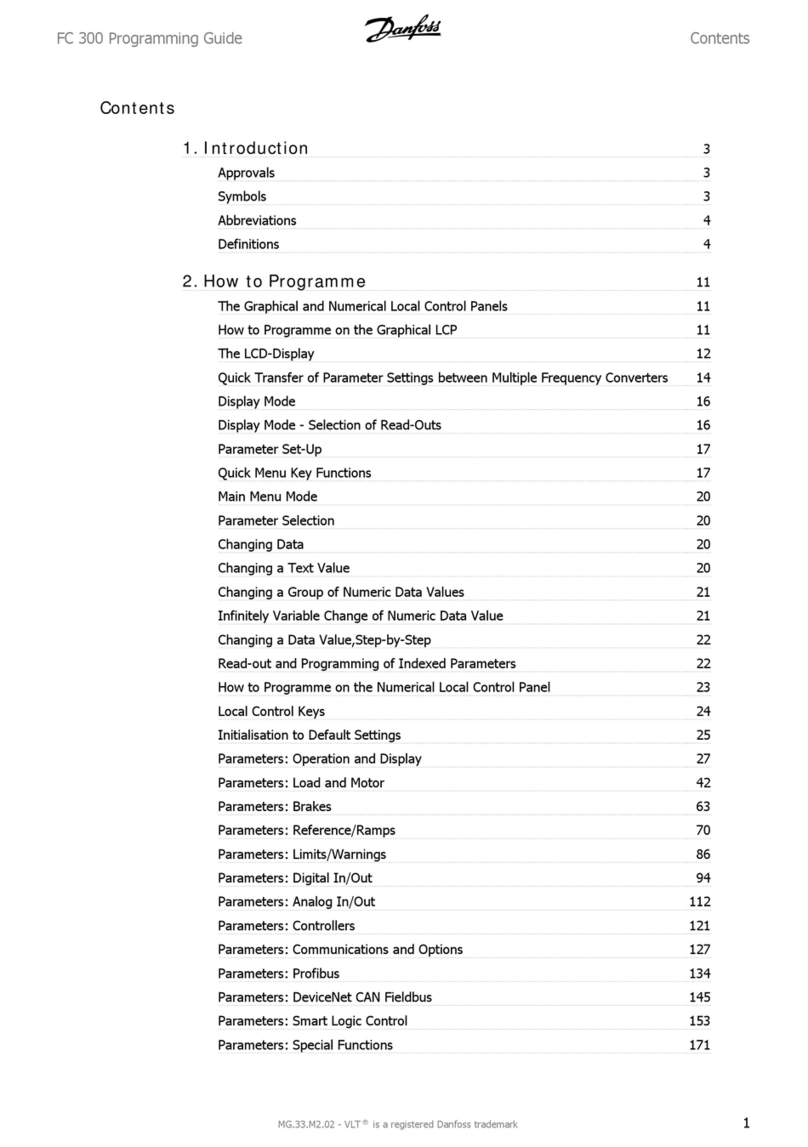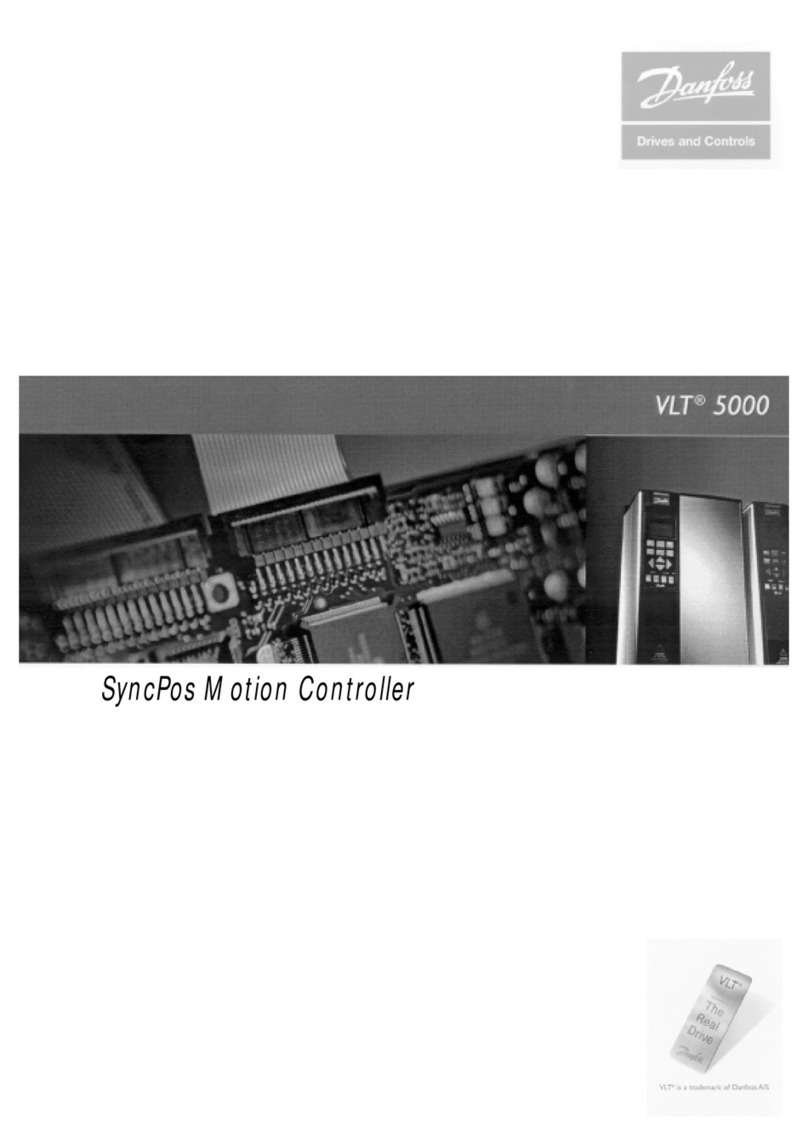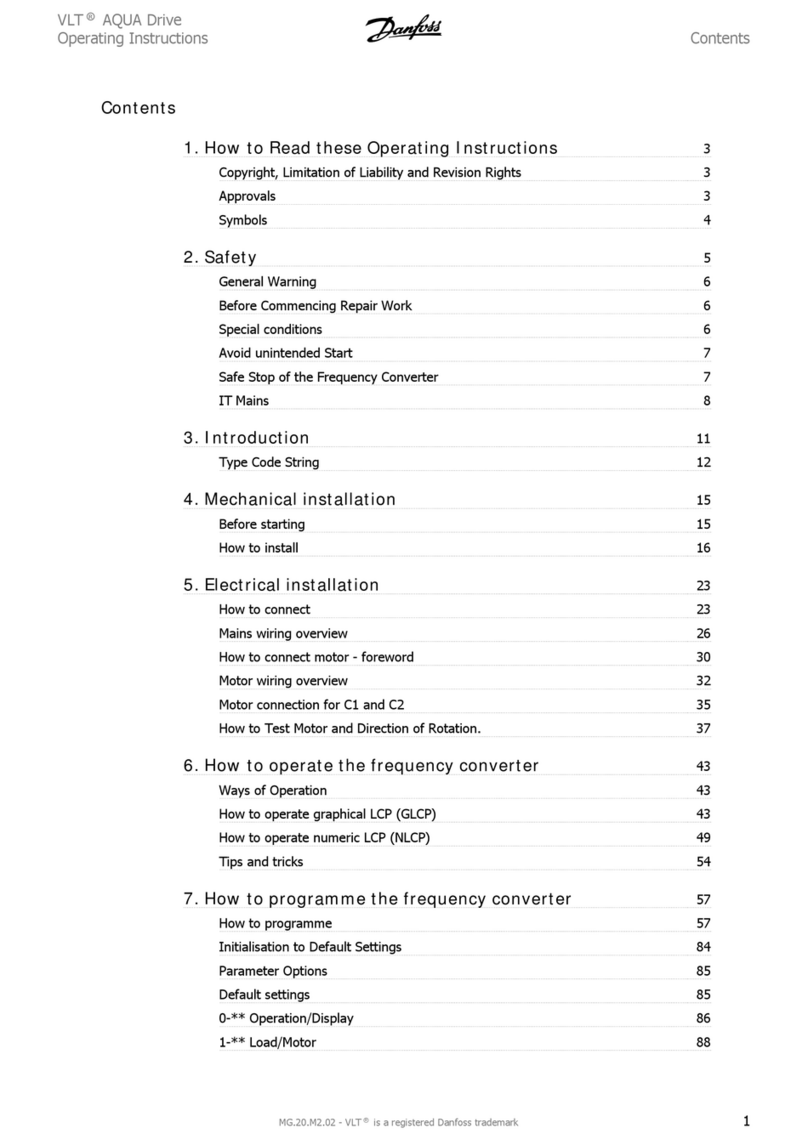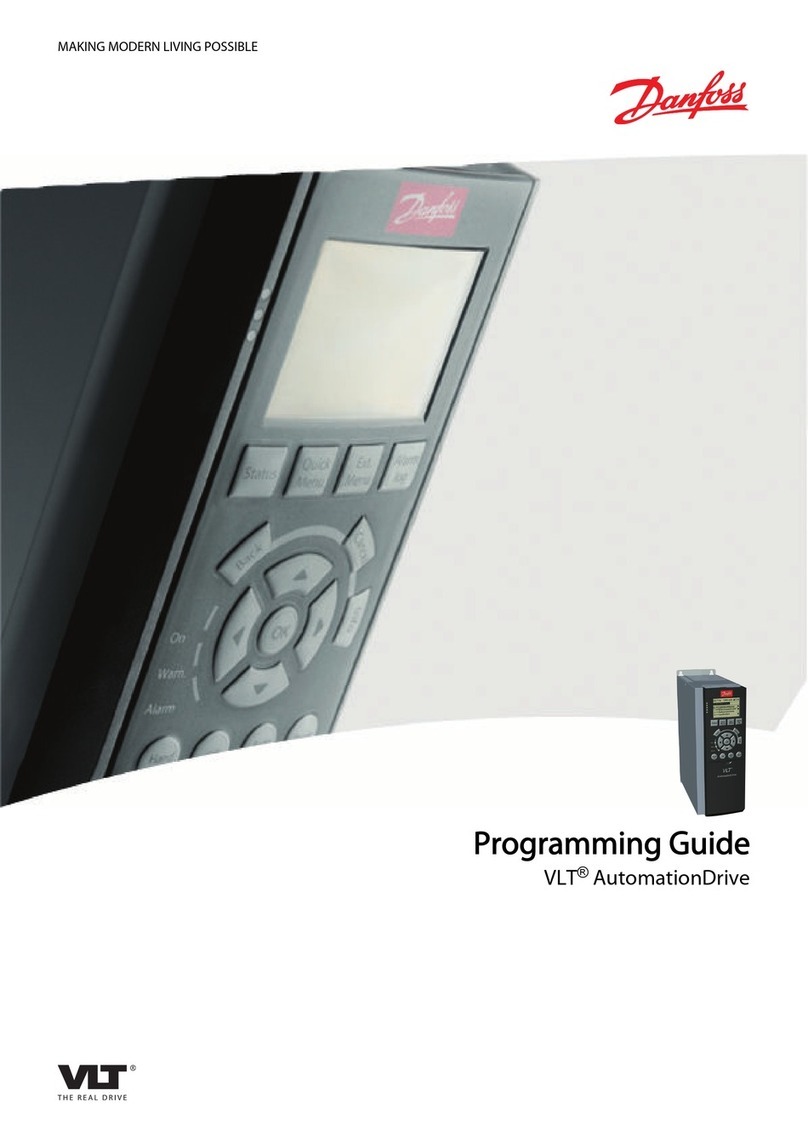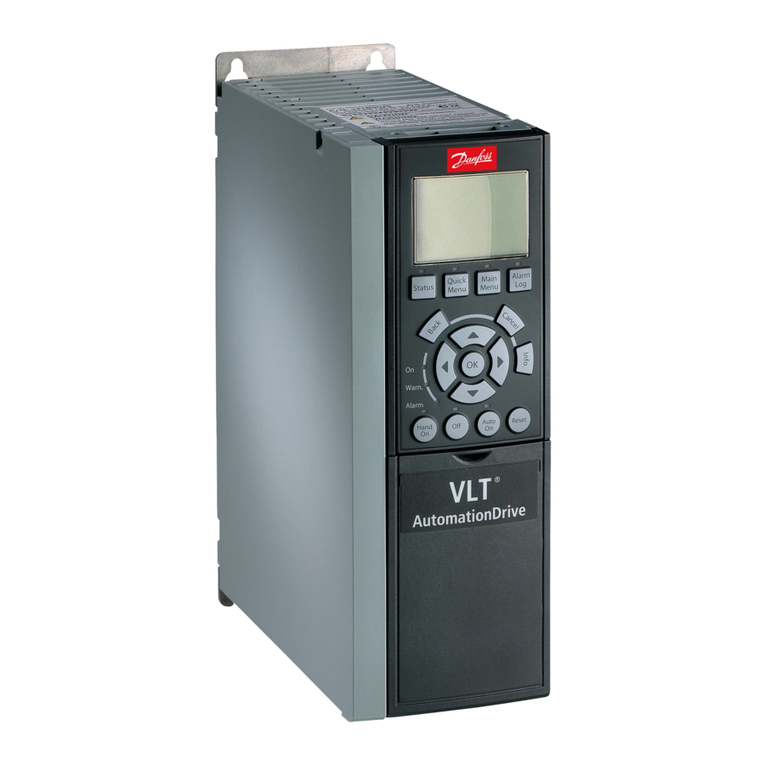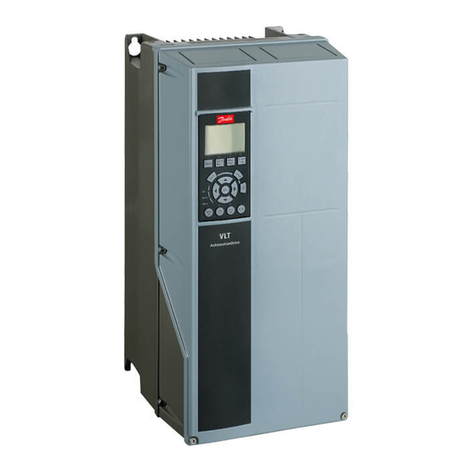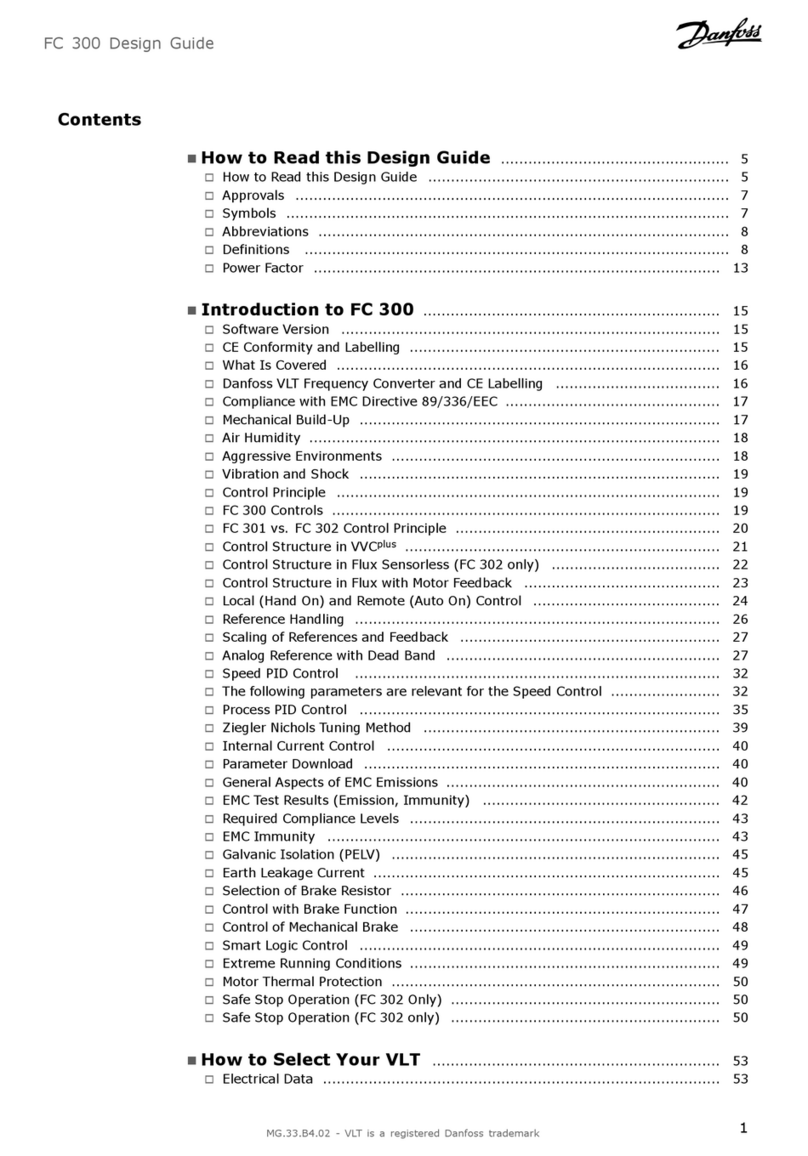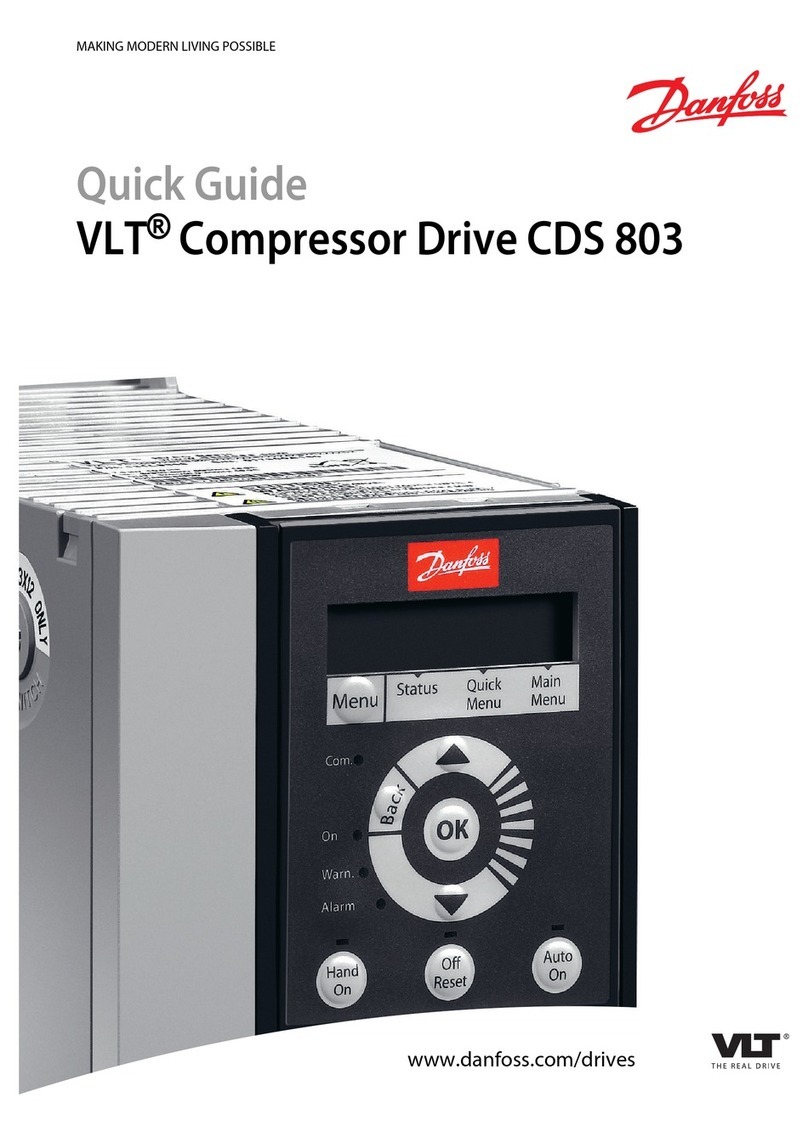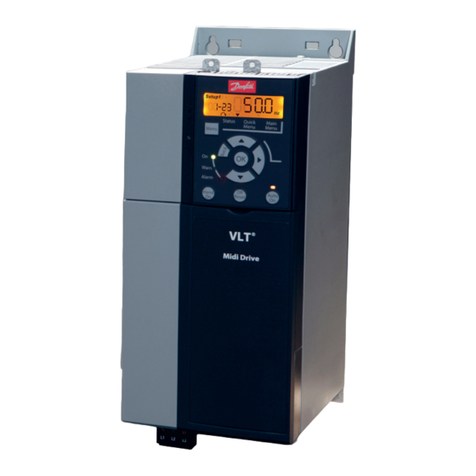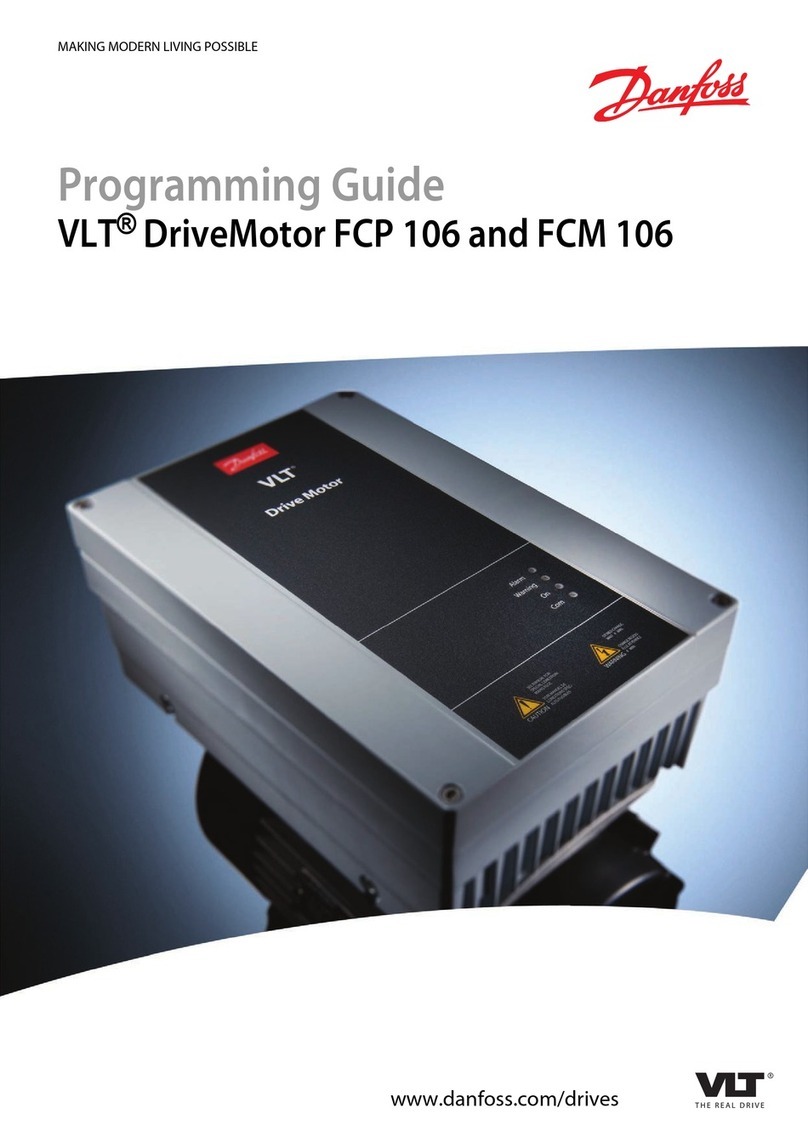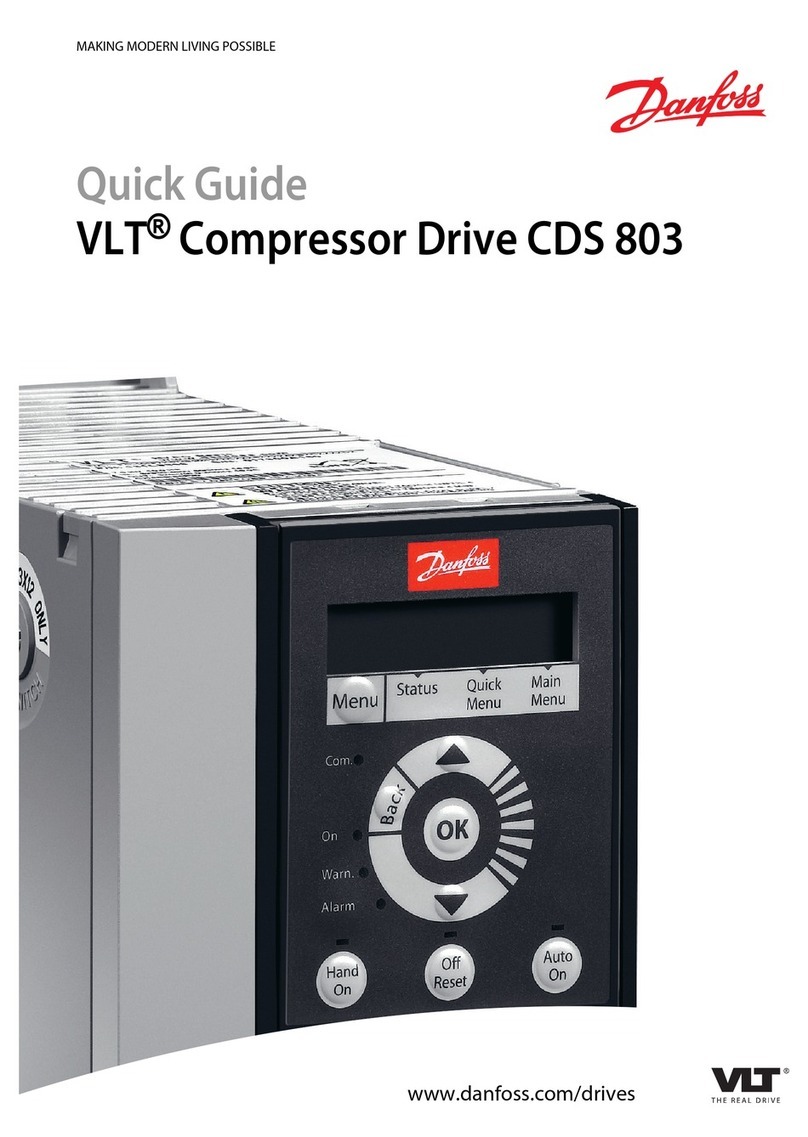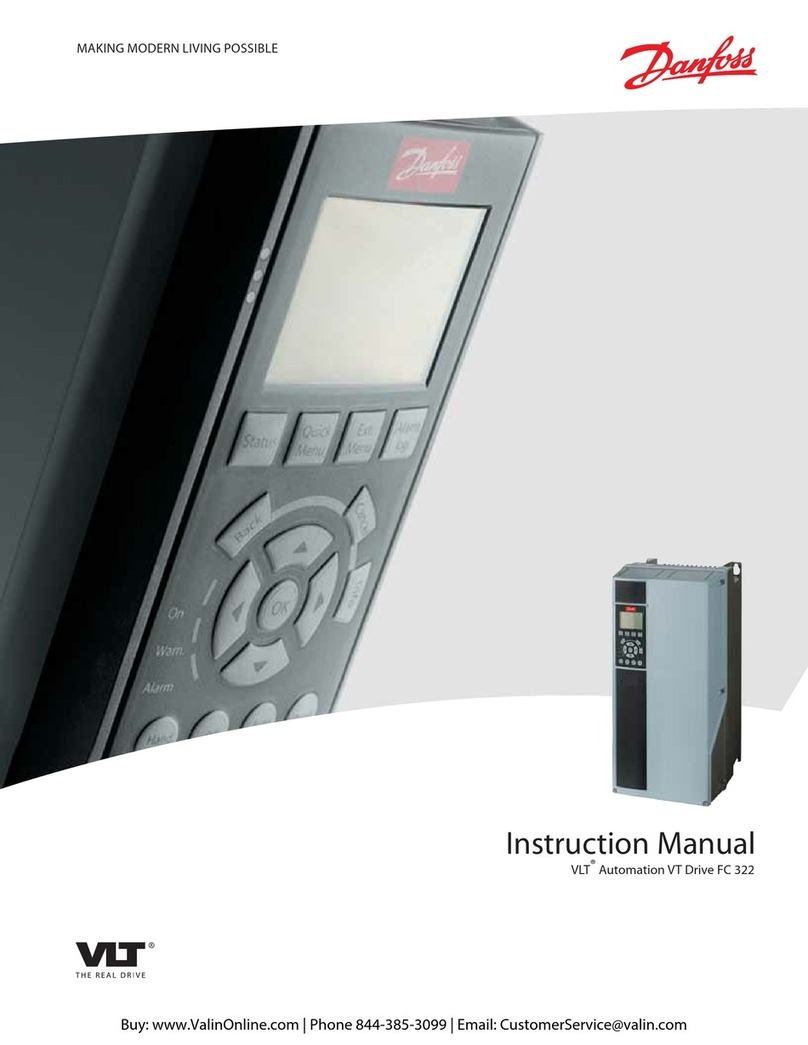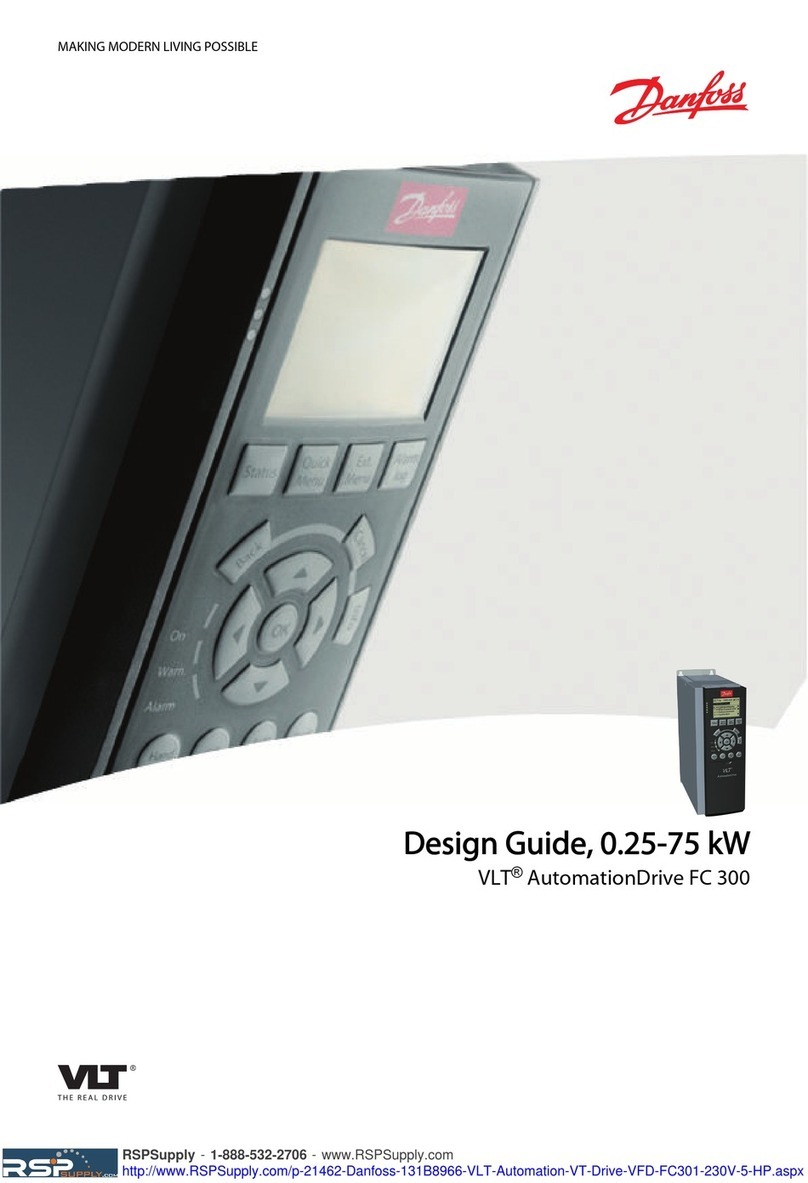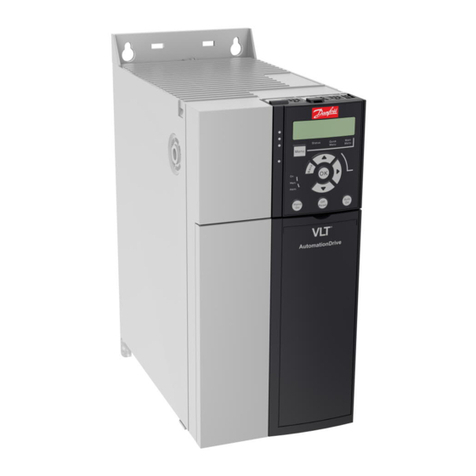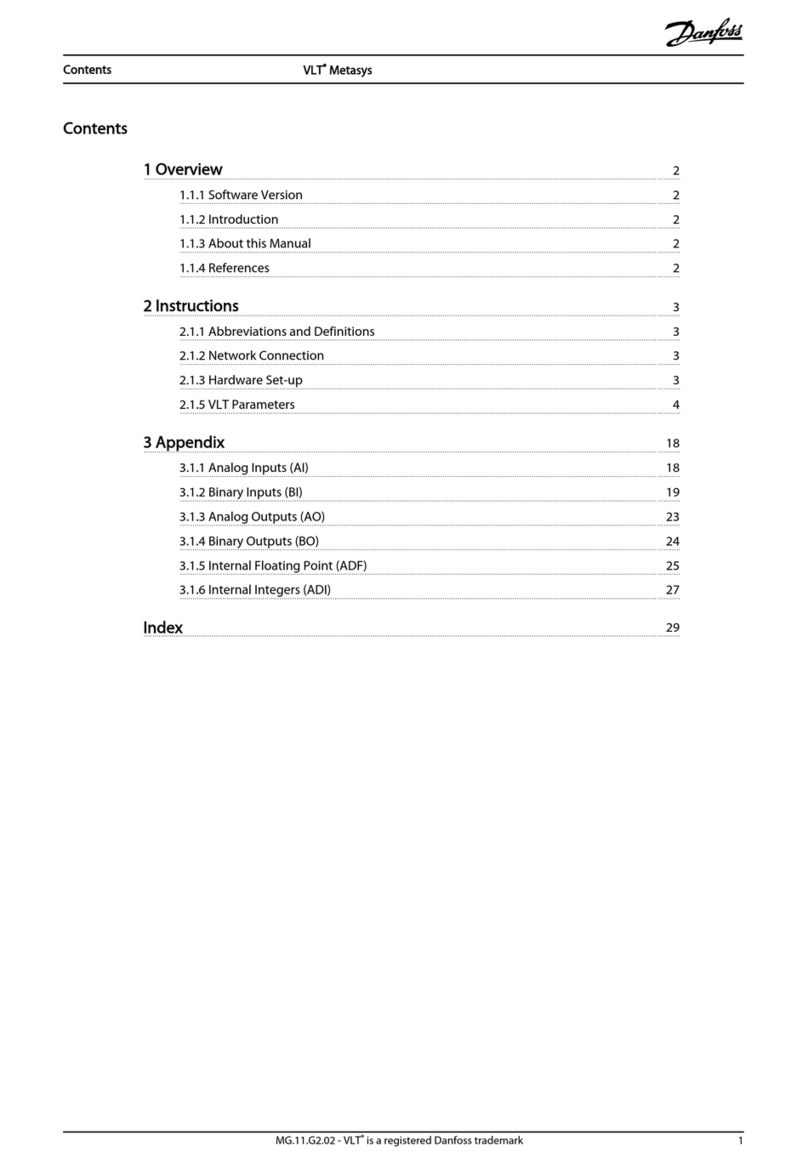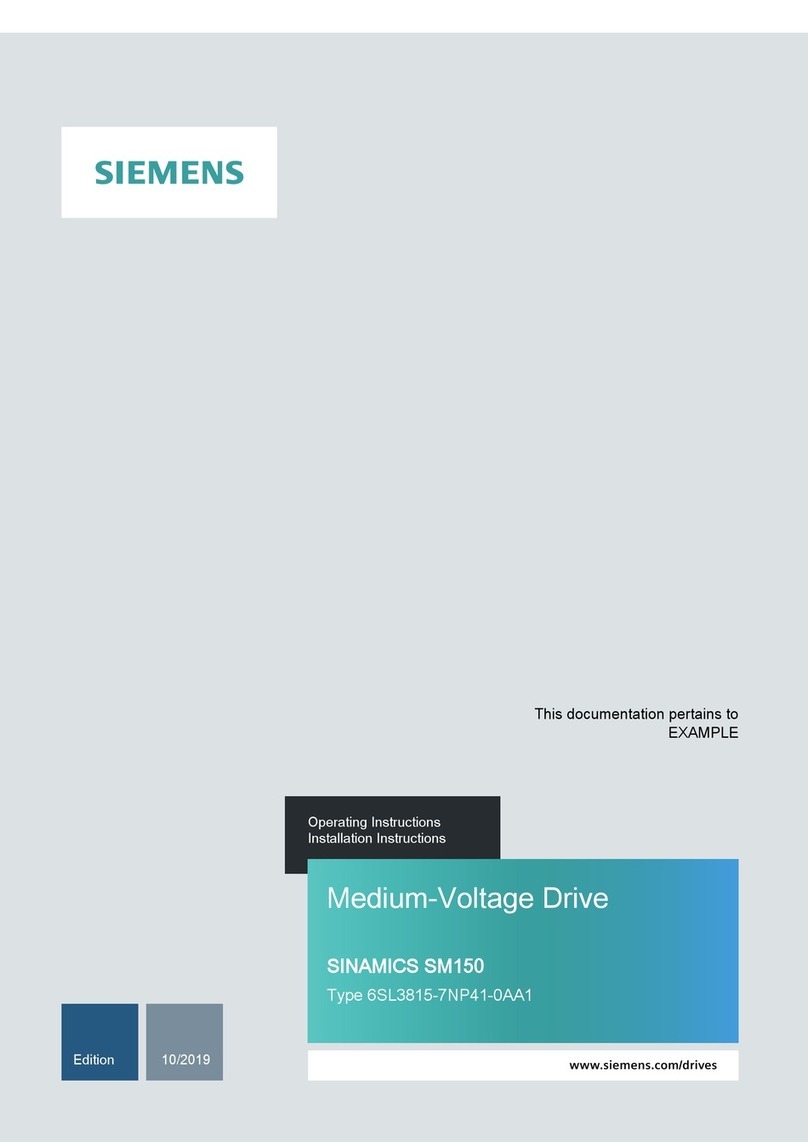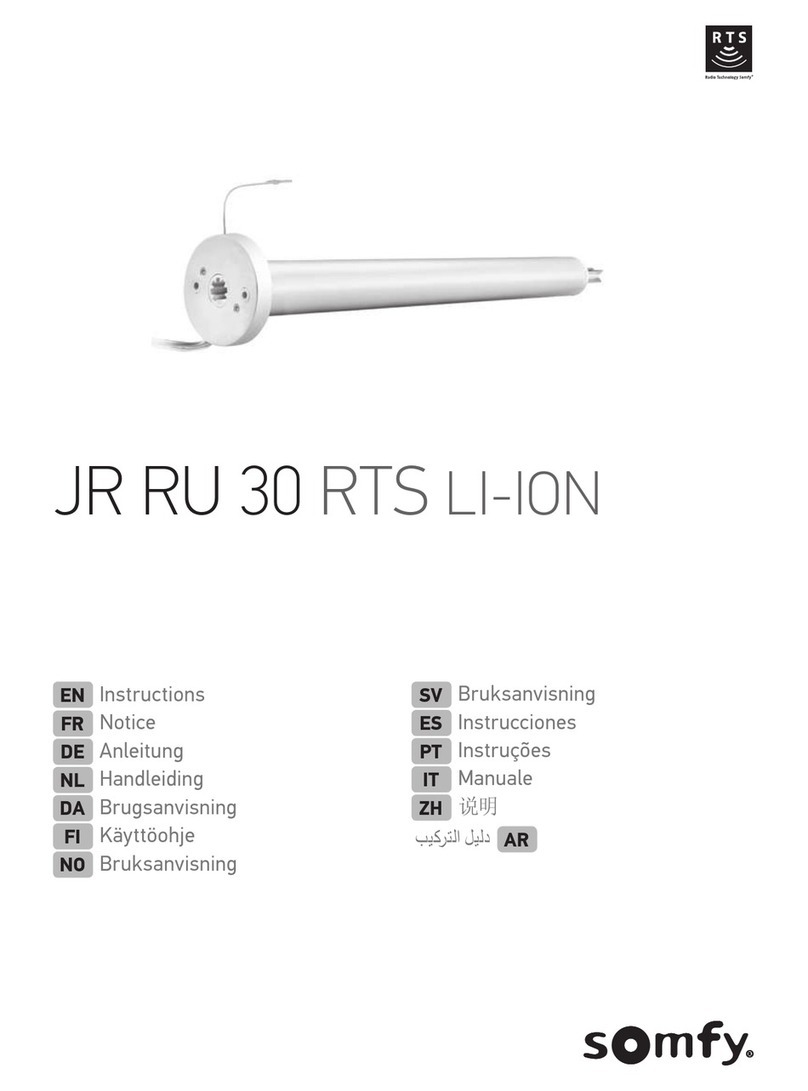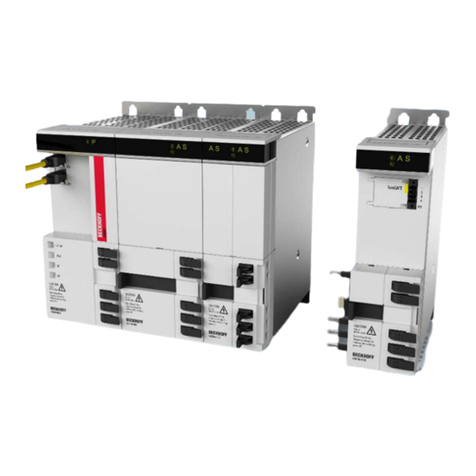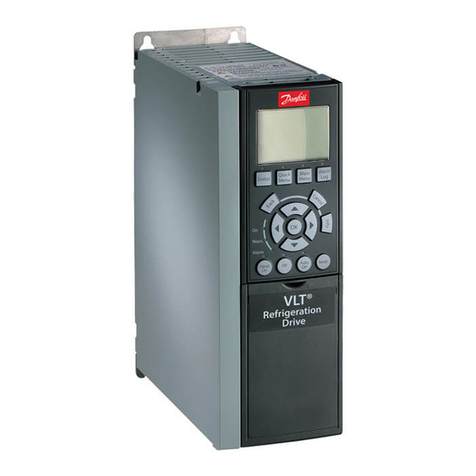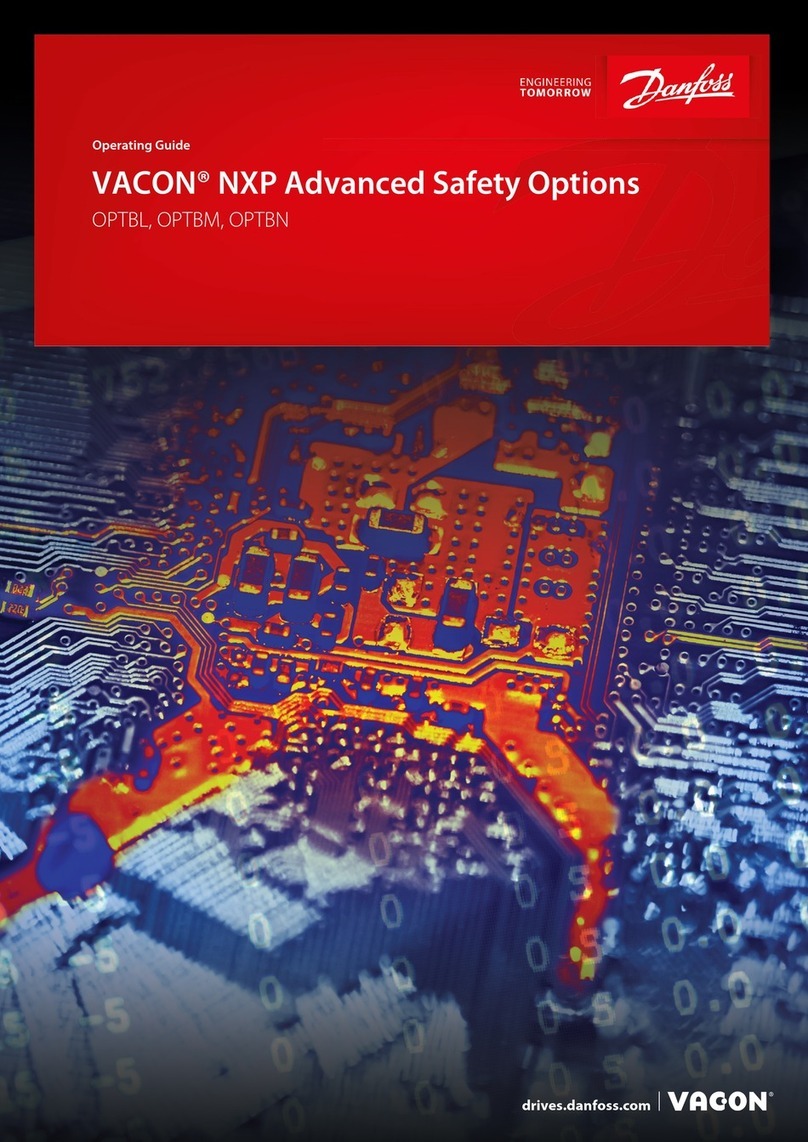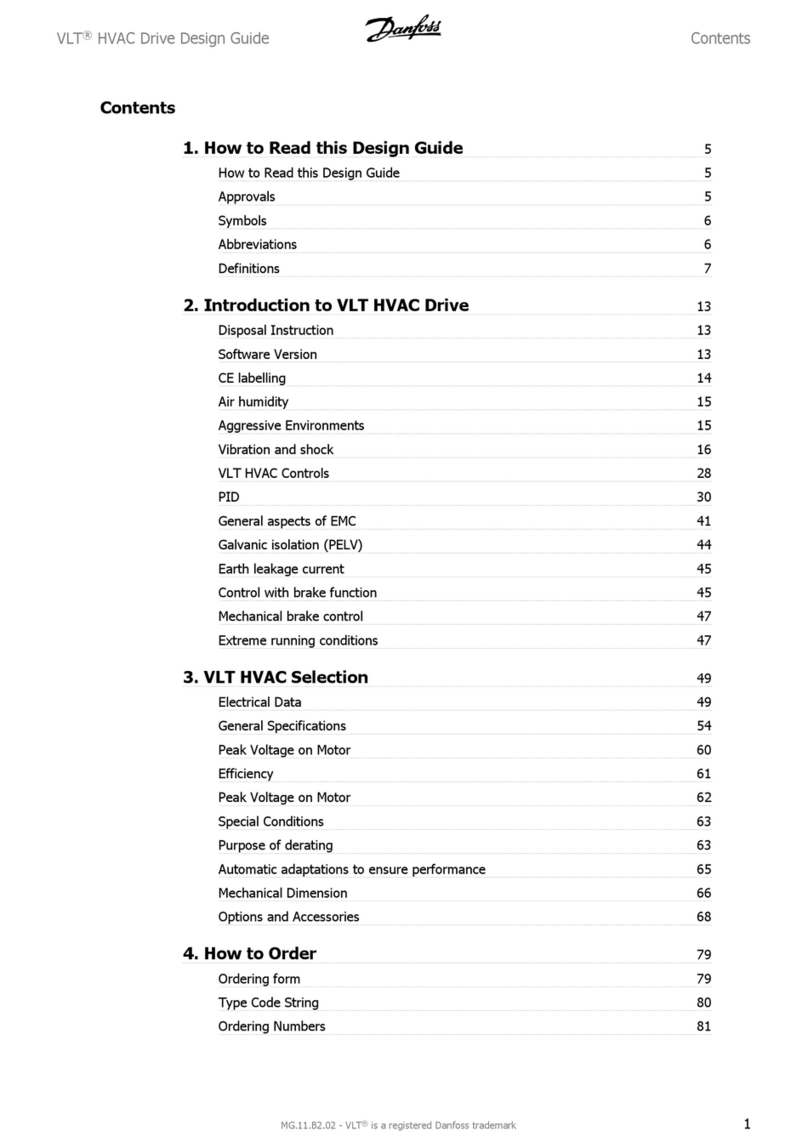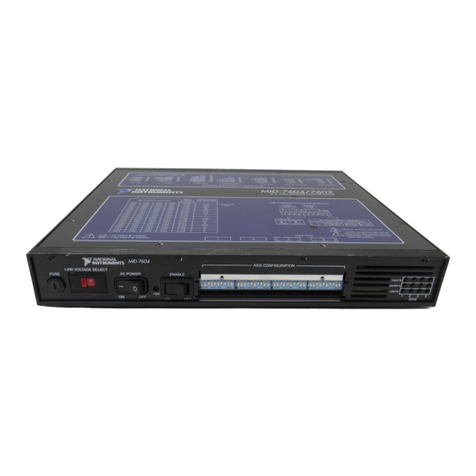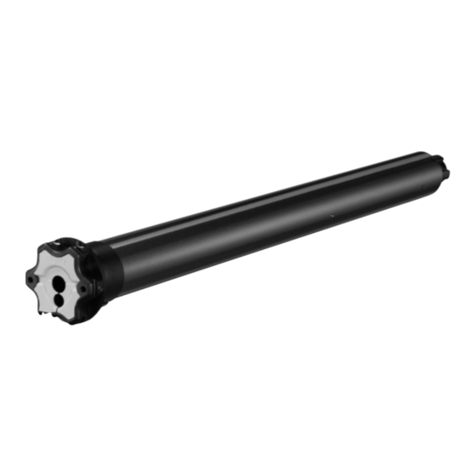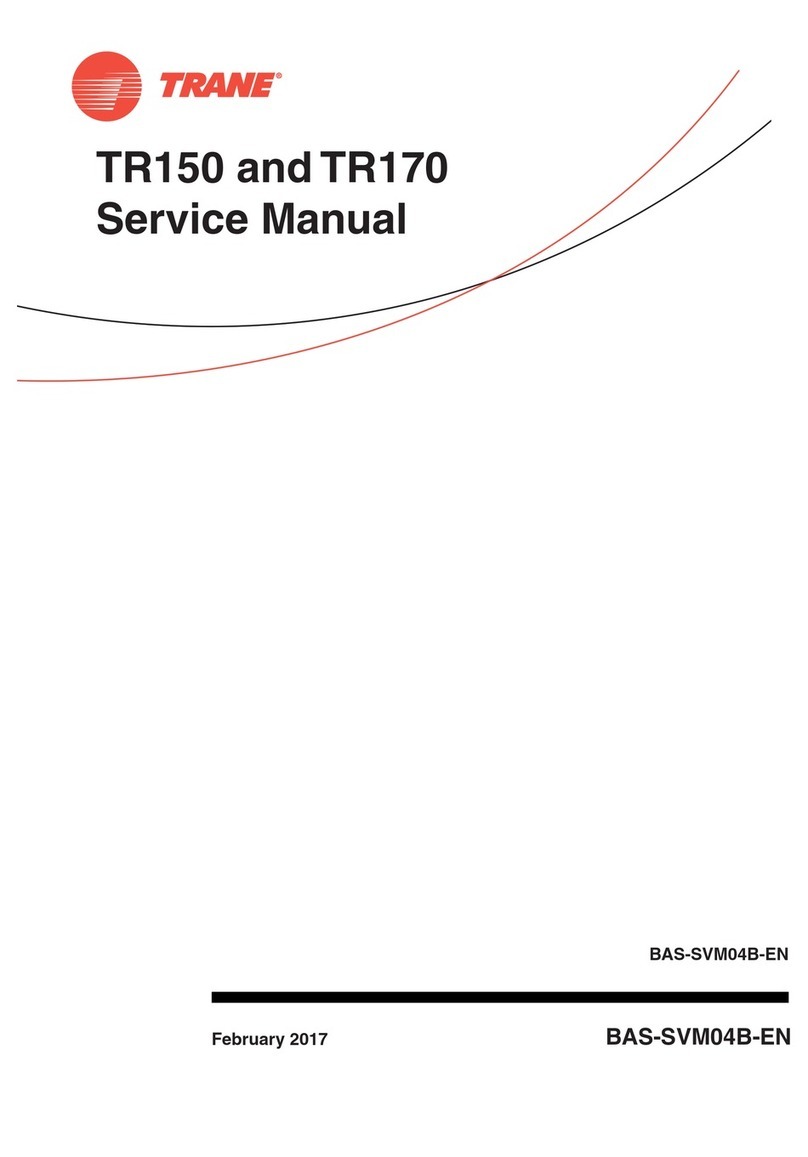
1. Use the shielded cable between the sine-wave filter
and frequency converter.
2. Keep the unshielded cable away from the mains
cable. The two cables should not be run in parallel.
3. If the installation requires to route the motor cables
and mains cables in parallel, keep a distance of at
least 45cm between the two cables. Separate the
cables by placing them in different cable trays or in
different sections of a cable tray.
4. Use continuous cable trays and avoid “ladder-type”
cable trays.
5. Route the motor cable along the metallic grounded
conductors such as cable trays, rails from the
building structure, pipes, etc.
3.1.7 Grounding Concept
•Do the common grounding between AFE and
motor drives.
•The output filters and LCL should have low
impedance grounding to the AFE and motor
frequency drives.
•Ensure low impedance between entire crane
construction and the cabinets and the transformer.
•Use only one connection to the transformer.
3.1.8 Cooling and Airflow
Cooling
Cooling can be obtained, by using the cooling ducts in the
bottom and the top of the unit, by taking air in and out of
the back of the unit or by combining the cooling
possibilities.
Duct cooling
A dedicated option has been developed to optimize instal-
lation of IP00/chassis frequency converters in Rittal TS8
enclosures utilizing the fan of the frequency converter for
forced air cooling of the backchannel. The air out of the top
of the enclosure could but ducted outside a facility so the
heat losses from the backchannel are not dissipated within
the control room reducing air-conditioning requirements of
the facility.
Please see Installation of Duct Cooling Kit in Rittal enclosures,
for further information.
Back cooling
The backchannel air can also be ventilated in and out of the
back of a Rittal TS8 enclosure. This offers a solution where
the backchannel could take air from outside the facility and
return the heat losses outside the facility thus reducing air-
conditioning requirements.
NOTE
The ideal cooling air is dry and clean. When the air from
outside is used, filter mats and long air inlets could prevent
the dirty air problem. The condensation inside the frequency
converter, from the humid air, may require the drain outlet.
NOTE
Adoor/top fan(s) is required on the enclosure to remove the
heat losses not contained in the backchannel of the
frequency converter and any additional losses generated
from other components installed inside the enclosure. The
total required air flow must be calculated so that the
appropriate fans can be selected. Some enclosure manufac-
turers offer software for performing the calculations (i.e.
Rittal Therm software). If the VLT is the only heat generating
component in the enclosure, the minimum airflow required
at an ambient temperature of 45oCfor the D3 and D4 frame
sizes is 391m3/h (230cfm). The minimum airflow required at
an ambient temperature of 45oC for the E2 frame size is
782m3/h (460cfm).
Airflow
Table 3.1 shows the necessary airflow over the heat sink.
Enclosure
protection Frame size Door fan(s)/
Top fan airflow
Heatsink fan(s)
IP21 / NEMA 1
IP54 / NEMA 12
D1 and D2 170m3/h (100
cfm)
765m3/h (450
cfm)
E1 P250T5,
P355T7,
P400T7
340m3/h (200
cfm)
1105m3/h (650
cfm)
E1P315-
P400T5, P500-
P560T7
340m3/h (200
cfm)
1445m3/h (850
cfm)
IP21 / NEMA 1 F1, F2, F3 and
F4
700m3/h (412
cfm)*
985m3/h (580
cfm)*
IP54 / NEMA 12 F1, F2, F3 and
F4
525m3/h (309
cfm)*
985m3/h (580
cfm)*
IP00 / Chassis D3 and D4 255m3/h (150
cfm)
765m3/h (450
cfm)
E2 P250T5,
P355T7,
P400T7
255m3/h (150
cfm)
1105m3/h (650
cfm)
E2 P315-
P400T5, P500-
P560T7
255m3/h (150
cfm)
1445m3/h (850
cfm)
* Airflow per fan. Frame size F contain multiple fans.
Table 3.1 Heatsink Air Flow
Crane System Design VLT®Active Front End AFE 302 Operating Instructions Liebherr
MG.33.X2.02 - VLT®is a registered Danfoss trademark 9
33
